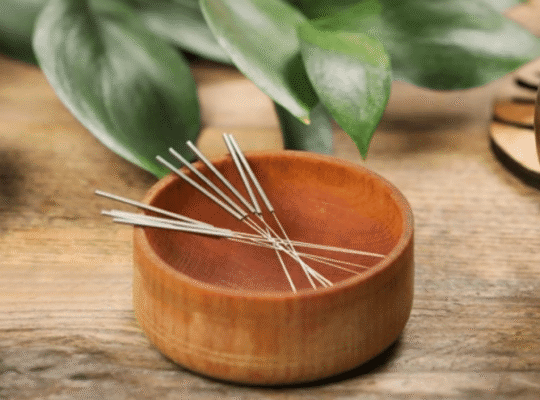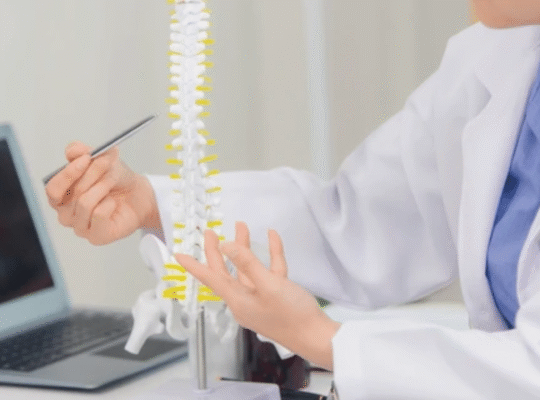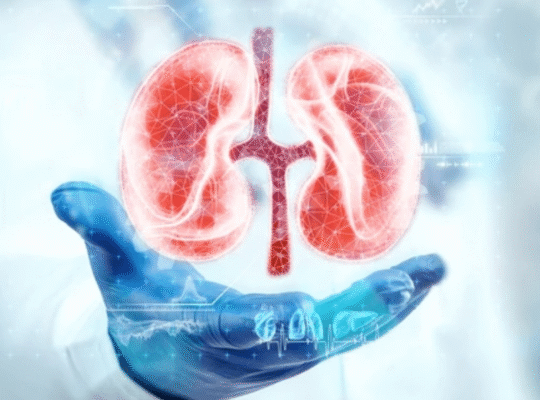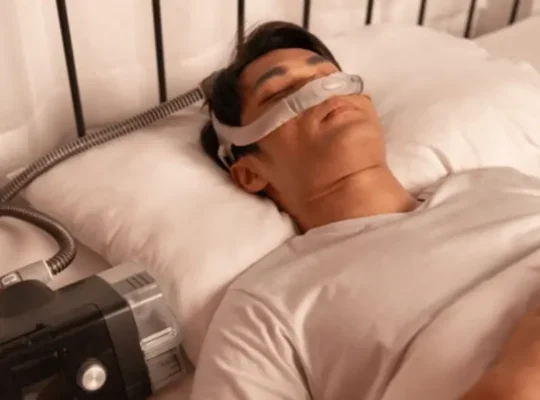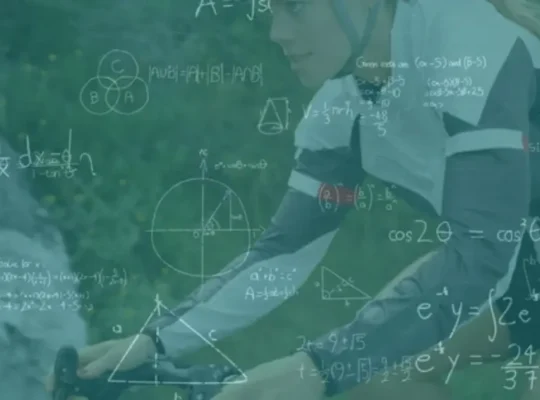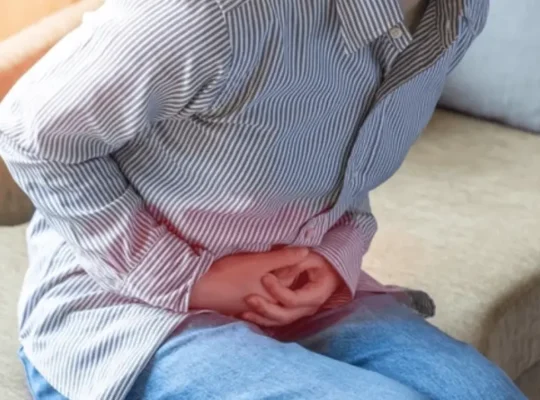How the Brain Creates New Memories While Maintaining Old Ones
Main Takeaway: How Sleep Balances Old and New Memories through finely tuned sleep microstates—marked by alternating large and small pupil phases during non-REM sleep—the brain masterfully segregates the replay of established memories from the consolidation of new experiences. This elegant mechanism prevents interference, ensuring lifelong learning.
A Midnight Theater of Memories
Imagine stepping into a grand theater at midnight, where two performances vie for the spotlight. One showcases cherished classics—old memories etched in the soul—while the other premieres fresh narratives—new experiences yearning to be immortalized. In our brains, this captivating drama unfolds each night within the mysterious realm of non-REM sleep. Far from being a mere slumber, sleep transforms into an active workshop where the brain rehearses, sorts, and fortifies memories in a precise choreography known as memory consolidation.
The Pupil’s Silent Morse Code
Long before the digital age, the pupil served as nature’s very own indicator of mental states. During wakefulness, it dilates and contracts in response to light and emotion. Yet researchers have discovered that How Sleep Balances Old and New Memories, even in sleep, the pupil encodes a hidden Morse code. By observing open-eyed mice—our unlikely copilots in sleep research—scientists recorded rhythmic oscillations between large and small pupil diameters during non-REM sleep.
- Large Pupil States correspond to the revival of old memories.
- Small Pupil States herald the rehearsal of new memories.
This alternating pattern effectively creates separate time slots for each memory type, ensuring that new insights don’t trample the old gems.
Probing the Brain with Light: Optogenetics at Work
Unlocking this secret required a revolutionary tool: optogenetics. By genetically engineering mouse neurons to respond to light, researchers could precisely switch these cells on or off. When they interrupted neuronal firing during the small pupil state, mice failed to remember a recent learning task, yet their previously learned behavior remained flawless. Conversely, disrupting the large pupil substate left new memories intact while sparing old ones. This elegant experiment laid bare the brain’s strategy for avoiding memory interference.
From Synapses to Stories: The Role of the Hippocampus
At the heart of this nightly theater is the hippocampus, a seahorse-shaped structure deep within the brain. Acting like an executive producer, the hippocampus orchestrates memory replay in finely timed segments. During large pupil phases, hippocampal circuits reinforce established synaptic connections, strengthening long-term storage. Small pupil phases then shift focus to recently activated circuits, embedding new experiences into neural networks.
Why Non-REM Sleep Holds the Key
Contrary to popular belief, the restorative power of sleep extends beyond REM’s vivid dreams. Non-REM sleep, characterized by slow waves and spindles, is the crucible of memory consolidation. Its microstructure—these alternating pupil states—ensures that the brain can toggle between consolidating fresh inputs and maintaining stable recall of the past.
Real-World Implications: Beyond the Lab
This discovery transcends basic neuroscience, offering hope for mental health interventions. Conditions such as depression, PTSD, and certain cognitive disorders often involve disrupted sleep and impaired memory. By targeting sleep microstructure—potentially through pharmacological agents or behavioral therapies—we may one day boost memory resilience and emotional well-being.
- Memory Disorders: Enhancing small pupil substates could improve the consolidation of new memories in patients with Alzheimer’s or age-related cognitive decline.
- Trauma Treatment: Modulating large pupil substates might strengthen the retention of therapeutic reframes while diminishing the replay of distressing memories.
- Learning Optimization: Educators and students could leverage insights into sleep timing to plan study sessions, aligning complex learning tasks with peak small pupil consolidation windows.
The Frontier of Memory Research
While these pioneering experiments occurred in mice, parallel studies in humans are already underway. Non-invasive pupillometry and advanced neuroimaging are revealing analogous sleep microstates in people, paving the way for personalized memory therapies. The vision is clear: one day, sleep may not only restore the body but also be fine-tuned to sculpt the mind.
